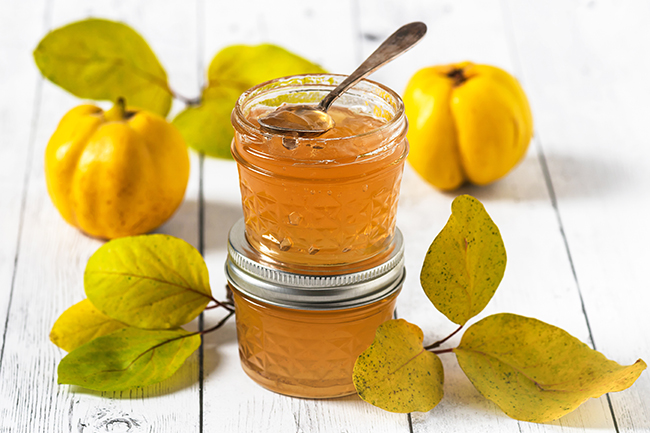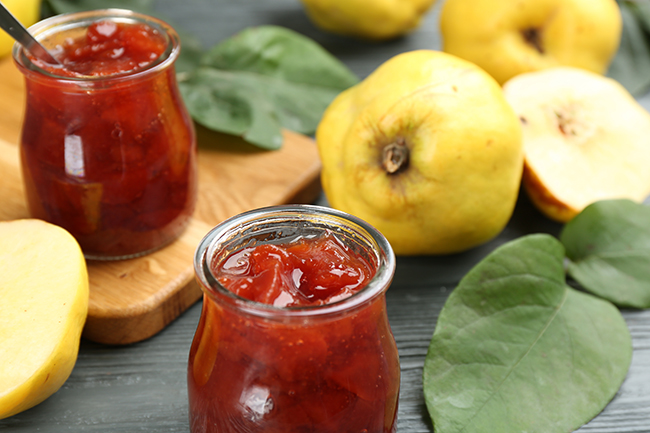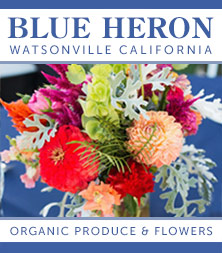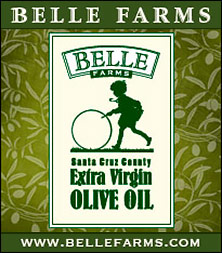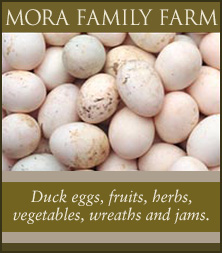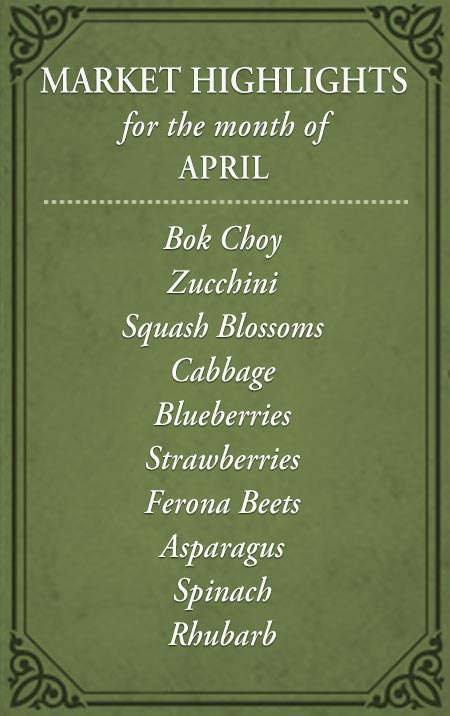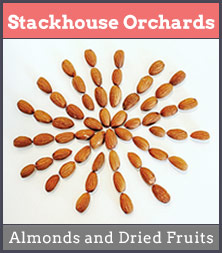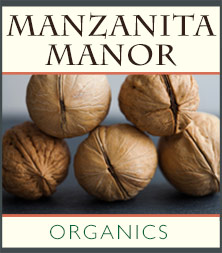Quince jelly is a rare treat and a wonderful way to preserve the delicate, floral flavor of quince. Serve quince jelly on toast, as a glaze for meats, or as a condiment with cheese and crackers.
INGREDIENTS:
4 to 5 large quince, thoroughly washed, cored, and chopped (leave the skins on for their natural pectin content)
4 cups water
Granulated sugar (usually 3/4 cup sugar per cup of quince juice, but this can vary)
Juice and peel of 1 lemon
Cheesecloth or jelly bag
Sterilized jelly jars with lids
METHOD:
Prepare the quince juice:
Wash the quinces thoroughly. Core the quince and chop them into small pieces.
Place the chopped quince in a large pot and add enough water to cover them. (The water should cover the fruit by about 2 inches if you push the fruit down with your hand.) Add the lemon juice to the pot.
Bring the mixture to a boil, then reduce the heat to a simmer. Cover the pot and let it simmer for about 1 to 1 1/2 hours or until the quince pieces are very soft and mushy.
Line a large sieve or colander with a double layer of cheesecloth or use a jelly bag. Place it over a large bowl.
Carefully pour the cooked quince mixture into the cheesecloth or jelly bag to strain the juice. Allow it to drip into the bowl for several hours or overnight. Do not press the pulp, as this can make the jelly cloudy.
Make the jelly:
Measure the quince juice. For every cup of quince juice, you will need approximately 3/4 cup of granulated sugar.
Pour the strained quince juice into a clean, large pot. Add the sugar to the juice and stir until it’s dissolved. Add the lemon juice and lemon peel. Bring the mixture to a rapid boil over high heat, stirring constantly. Reduce heat slightly, enough to maintain a steady slow boil. After about 40 minutes, the liquid will be reduced and slightly darkened. This is when to begin checking for gel point. (If you have a candy thermometer, check the temperature — you want jelly to reach 220° which is the gel point.)
To check if the jelly has reached the gel point, you can also use the “wrinkle test.” Place a small amount of jelly on a chilled plate and let it sit for a minute. Push it with your finger, and if it wrinkles and holds its shape, it’s ready.
While the jelly is still hot, carefully ladle it into sterilized jelly jars, leaving about 1/4-inch headspace at the top.
Wipe the rims of the jars to remove any residue. Place the lids on top and screw on the bands until they are fingertip-tight.
Allow the quince jelly to cool and set undisturbed at room temperature for 8-10 hours. It may take a few hours to a day to fully set. Once set, store the sealed jars in a cool, dark place. The jelly can be stored for up to a year.


